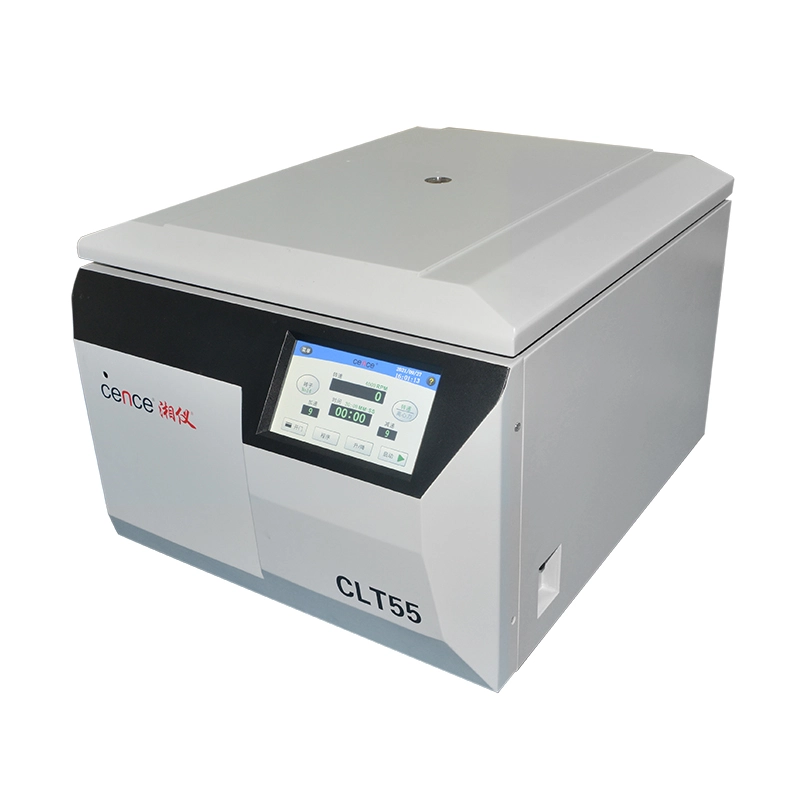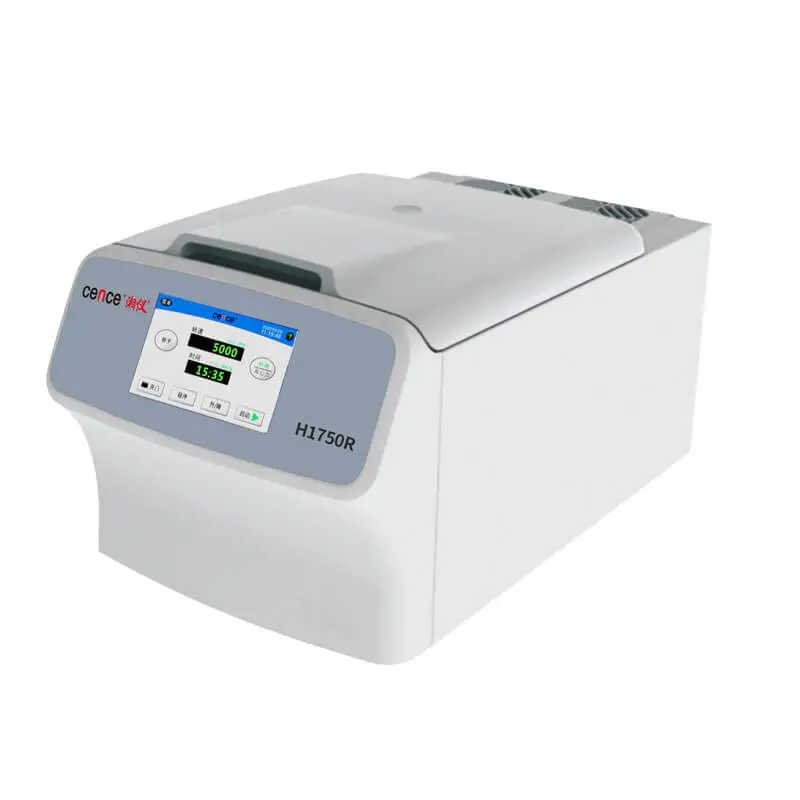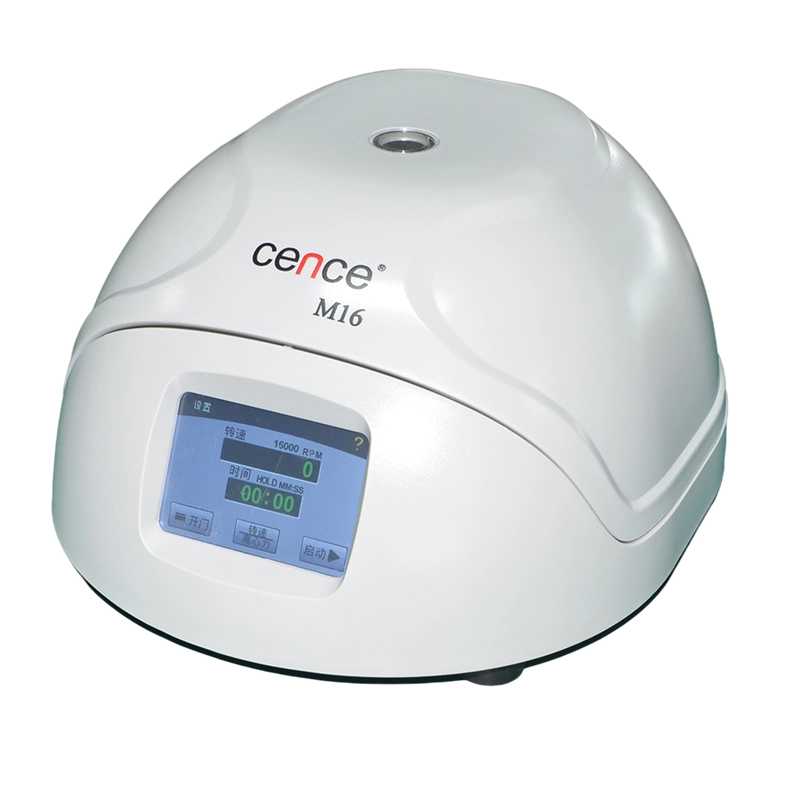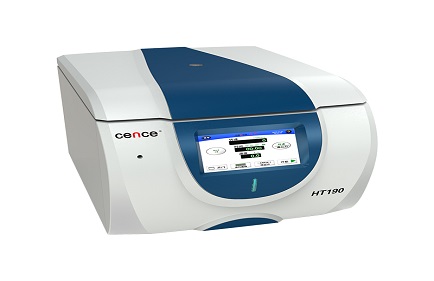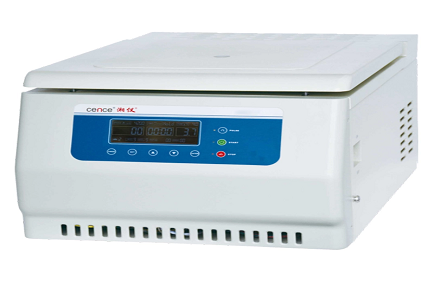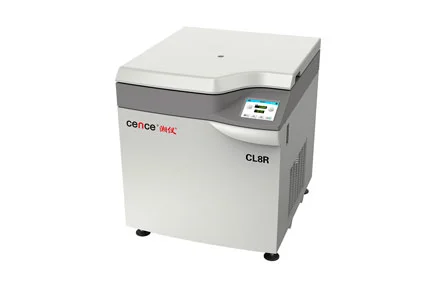High-speed centrifuge is a common experimental instrument, widely used in biology, chemistry, medicine and other fields. Then, what are the characteristics of high-speed centrifuge?
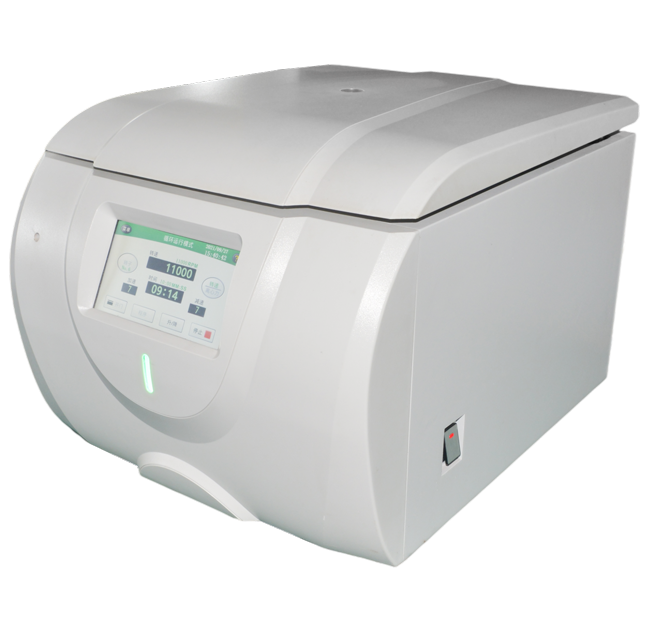
High-speed centrifuges are capable of spinning at thousands of revolutions per second to rapidly centrifuge molecules or cells in the sample outward. This high-speed rotation allows the centrifuge to rapidly separate and enrich various substances in the sample.
High-speed centrifuges are usually able to hold a large number of samples, making the processing of experimental samples much easier. Different sizes of centrifuges have different capacities, so users can choose the right size model according to their needs.
In order to adapt to different experimental needs, high-speed centrifuges are usually equipped with speed and time adjustments, which can be adjusted according to the needs of the experiment to achieve the experimental results. The speed and time adjustment function also provides more control and precision for experiments.
Different sizes of high-speed centrifuges are available with different vessel and rotor options, which can be adapted to different sample sizes and sample types for different experiments. Different shapes of centrifugal containers and rotors lead to different centrifugation results, so the correct selection of centrifugal containers and rotors has a significant impact on the outcome of the experiment.
High-speed centrifuge is a kind of experimental instrument characterized by high-speed rotation, and its main working principle is to separate different components in the sample by the action of centrifugal force. There are various types of rotors in high-speed centrifuges, the more common of which are upright and horizontal. In addition to affecting the centrifugation results, different types of rotors are matched to different sample containers to ensure the safety of the samples during the centrifugation process.
When a high-speed centrifuge rotates, the centrifuge generates centrifugal force, which is proportional to the rotational speed and proportional to the square of the centrifugal radius. Centrifuges can be operated at either fixed or variable speeds, allowing the user to adjust the centrifugal force by controlling the speed of the centrifuge. Common centrifugal forces exceed 20,000g, but some excellent products can reach 100,000g.
During centrifugation, the sample is gradually deposited or floated from the high centrifugal force to separate the various components. The rates of deposition and levitation vary depending on the different components in the sample, thus allowing the separation and concentration of the different components.
It is widely used in chemistry, medicine and other experimental fields. By understanding its characteristics and working principle, we can better apply it to solve problems in experiments.
High-speed centrifuge is a kind of experimental equipment that can accelerate the centrifugal separation of samples. It is widely used in medical, biochemical, environmental science, agriculture and other fields.
1. Medical
The high-speed centrifuge for blood separation is mainly application of high-speed centrifuge in medical. It can separate components with different specific gravity, such as hemoglobin, white blood cells, platelets, etc., to provide accurate test data for clinicians. In addition, high-speed centrifuges are widely used in cytology, gynecology and oncology.
2. Biochemistry
The application of high-speed centrifuge in biochemistry is mainly used to separate and purify proteins and nucleic acids. Scientists can use high-speed centrifuges to separate substances of different densities, so as to purify the target proteins or nucleic acids for further study of their structures and functions.
3. Environmental Science
In environmental science, high-speed centrifuges are mainly used for the separation, identification and counting of microorganisms and pollutants in soil and water. Through centrifugation, bacteria and viruses in water can be quickly separated for water quality monitoring and prevention and control.
4. Agriculture
The application of high-speed centrifuge in agriculture is mainly used for seed quality testing and classification of seed types. The high-speed centrifuge can test the density and water content of seeds to ensure the quality and yield of planting.
5. Other fields
High-speed centrifuge can also be used in the food industry, petrochemical industry, material science and other fields. For example, in the food industry for the separation of yeast, bacteria and other biological substances, as well as from the separation of turbid substances in the beverage; in the petrochemical industry for the separation of cellulose and lignin and other lignin compounds; in materials science for the preparation of nanoparticles, the stud/y of its nature and use.
In short, as one of the centrifuge laboratory equipment, high-speed centrifuge has a wide range of applications in many fields. Its appearance and development, for human scientific research and technological development has brought unlimited possibilities.
 English
English 한국어
한국어 français
français Deutsch
Deutsch Español
Español italiano
italiano русский
русский português
português العربية
العربية tiếng việt
tiếng việt Indonesia
Indonesia

